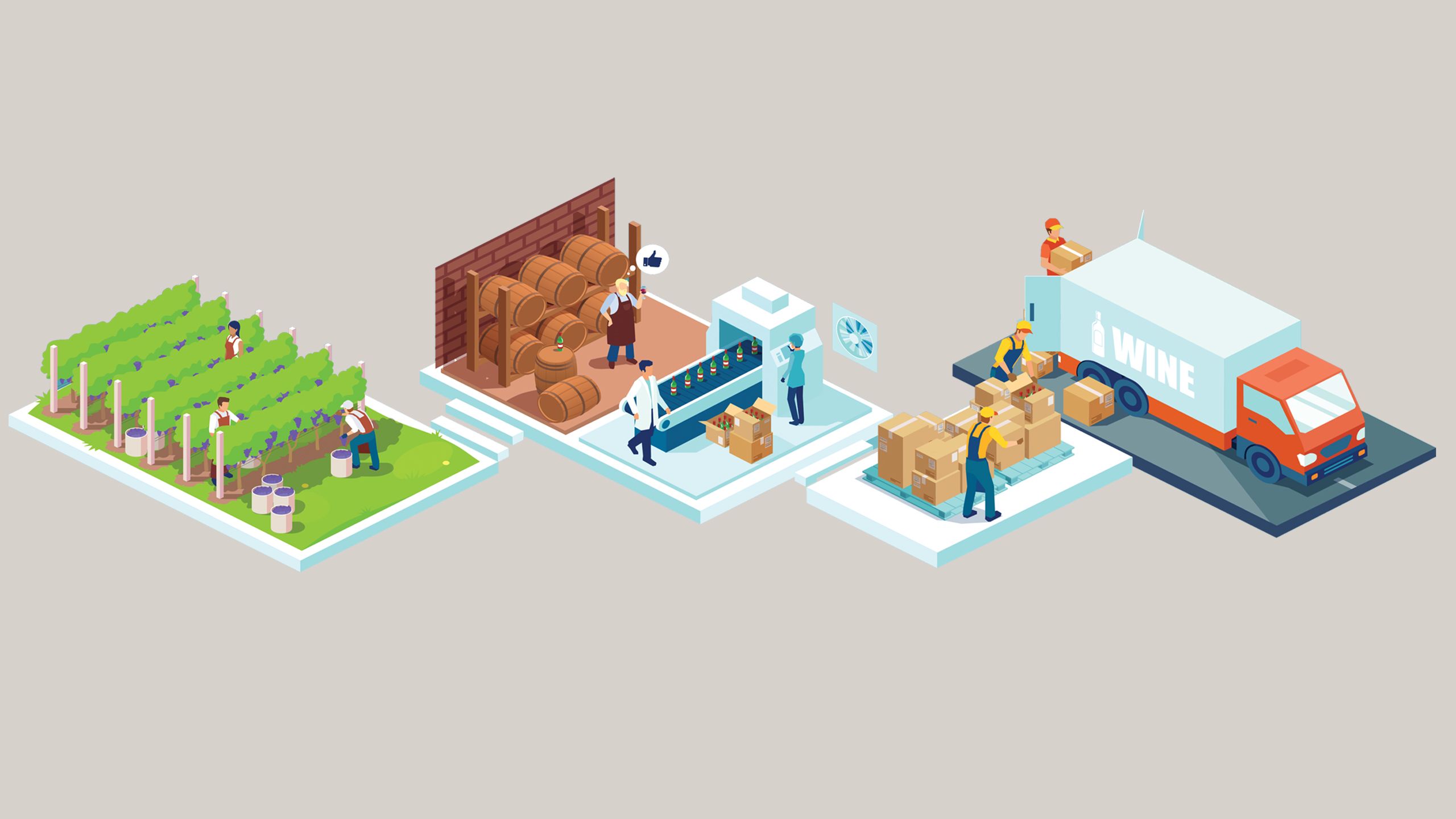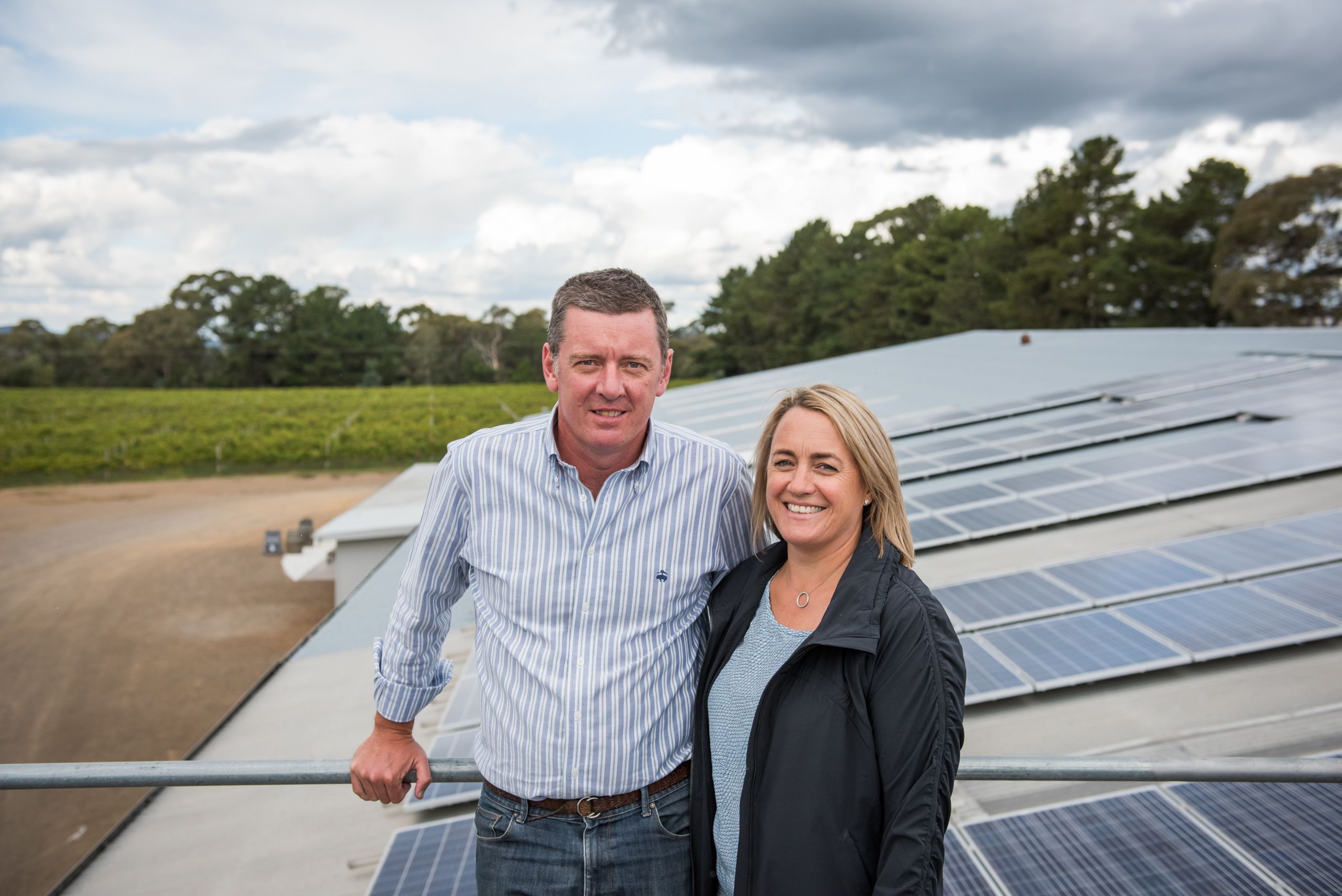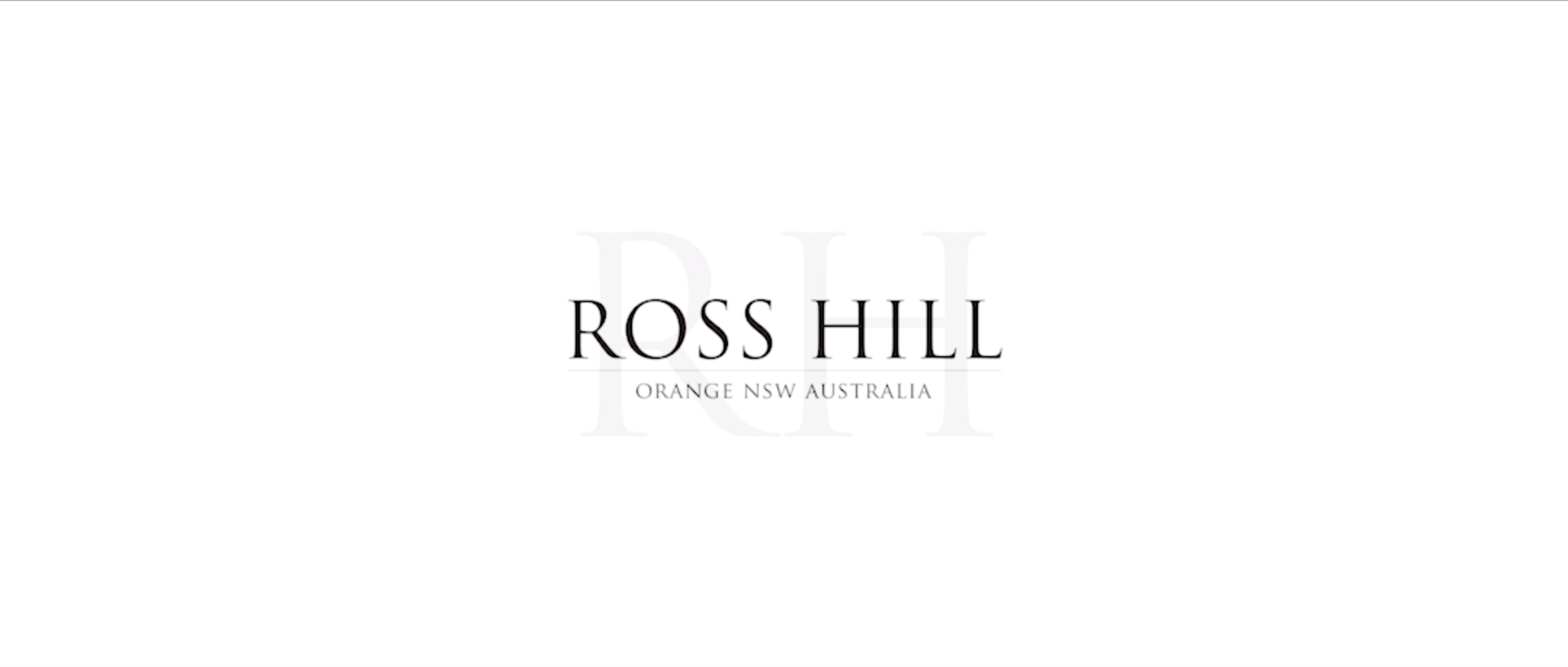'Tis the season:
Raise a glass and sip sustainably
by supporting Australian wineries

'Tis the season to pop the cork and raise a glass to mark the end of another year.
While Australia’s way of life continues to evolve, some traditions remain steadfast: Friday knock-off wines, festive drinks with loved ones, and champagne toasts to ring in the New Year.
Despite international travel bouncing back after COVID-19, the Australian wine industry is thriving through a renewed focus on domestic consumption.
Over the years, some winemakers have watched one of their most lucrative markets – high-end international wine tourism – dry up. Now, they’re placing their hopes on a revival fuelled by local enthusiasm for Australian wines.

Economic importance of wine tourism
In 2024, it's estimated that 7.5 million visits to wineries were made by both domestic and international travellers, with domestic travellers accounting for the majority.
Wine tourism is a multi-billion-dollar industry that supports employment across production, tourism and retail.
Australian wine tourism also stimulates exports and provides vital income for the many small winemakers who rely on cellar door sales, highlighting its importance to regional economies.
Economic gain but environmental pain
While a boon for the economy, wine tourism carries a heavy environmental cost.
Selling wine to tourists through cellar door operations leaves a significantly larger carbon footprint than distributing wine through retailers.
Startlingly, the difference can be more than 100-fold per bottle of wine, especially for international travellers.
In compiling the research paper, Measuring the carbon footprint of wine tourism and cellar door sales, we used detailed government data to develop a new method to calculate wine tourism based on travel behaviour, consumption style and industry energy use patterns.

This method showed that for many wineries, wine tourism was responsible for generating more greenhouse gases than all other aspects of the wine-making process combined.
Previously, the largest carbon contributor in a wine bottle’s standard cradle-to-grave lifecycle analysis was thought to be the packaging and freight stage.
However, transporting heavy glass wine bottles only generates a fraction of the emissions caused by wine tourism – essentially the shipping process in reverse.
And the further wine tourists travel, the higher the impact.
A ripe time for domestic tourism
If one positive can be gleaned from studying wine tourism’s carbon footprint, it’s that Australian domestic tourism is economically and environmentally friendlier than inbound international tourism.
Domestic tourists buy more wine and on average spend one-and-a-half times more money at cellar doors than international travellers.
They also emit 40 per cent less carbon per visit without the need for carbon-intensive long-haul flights.



Breaking down carbon emissions further, we calculated:
- A domestic day tourist contributes to 5.3kg of greenhouse gas emissions per bottle of wine.
- An international visitor from the UK generates 23.6kg in emissions per bottle of wine.
Australian travellers seeking to explore the country after months of lockdowns and border closures can lead a much-needed post-COVID-19 recovery while leaving a smaller carbon footprint than their international compatriots.
Supporting and visiting local wineries also plays a crucial role in helping small winemakers and family-run wineries remain afloat.
Local wineries leading the way
To be economically sustainable, Australian wineries have to consider their environmental impacts and factor in climate change to survive.
The United Nations’ Intergovernmental Panel on Climate Change (IPCC) named the wine industry as one of the seven industries most likely to be negatively affected by climate change, for its deep reliance on environmental factors such as weather, temperature and soil.
Wine grapes are highly sensitive to even subtle shifts in climate. Australian wine producers are reporting that warmer temperatures are speeding the maturation process of grapes, forcing them to bring forward harvesting, sometimes up to 40 days early. They are also spending more to counter the heat with higher costs for irrigation and shading.
Yet, Australian winemakers have long led the way when it comes to proactively minimising their operation’s environmental impact – employing measures to specifically target the energy, water and waste management systems of their cellar door facilities.


Case study: Ross Hill Wine Group
Ross Hill Wine Group in Orange, NSW, became Australia’s first government-certified carbon neutral winery in 2016.
Its winery, two vineyards and all of its wine products are accredited under the federal government’s National Carbon Offset Standard (NCOS) scheme.
Ross Hill Wine Chairman and owner, Peter Robson, said the family-run winery overhauled its business model over six years to actively reduce its carbon footprint and offset the few emissions it couldn’t reduce.
Measures included:
- Upgrading existing 10kw solar panels to a 44kw solar panel system
- Reducing tractor hours by 40 per cent
- Decreasing water usage by 50 per cent
- Installing energy-efficient lighting
- Improving insulation
- Introducing a waste recycling program
- Mulching and re-using waste from skins and seeds
“The family is committed to a philosophy of leaving our land better than when we found it,” Mr Robson said.
“It also makes commercial and financial sense, with our power and lighting costs a fraction of what they were.”
Ross Hill Wines’ carbon neutral certification is subject to regular third-party auditing with the winery continuing to investigate where the business can reduce emissions and challenge its operations for greater efficiency and sustainability.
One plan under consideration is to use grape marc – the solid, organic waste material left over from pressing grapes – to create biodiesel, a creative example of business sustainability producing economic and environmental benefits.
Becoming a sustainable bunch
To best position the industry for longevity and success, producers and policymakers now have a chance to come together to evaluate the environmental trade-offs of wine tourism. Stakeholders need to consider ways of minimising tourism-related carbon emissions, particularly when Australia again welcomes international wine tourists.
Optimistically, Australian winemakers have already demonstrated their innovation and willingness to reduce emissions created during the wine production process.
Our hope is that our research and approach to calculating wine tourists’ carbon footprint will allow industry leaders to understand the carbon-cost-to-economic-benefit ratio with greater clarity.
This knowledge can then be applied to making that ratio more favourable and securing a bright future for an industry that relies on environmental and economic sustainability in equal measures.

Learn about sustainable tourism in UQ's Master of Tourism, Hotel and Event Management program
Learn more




